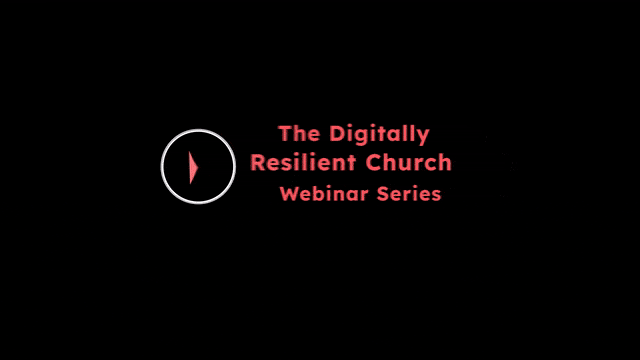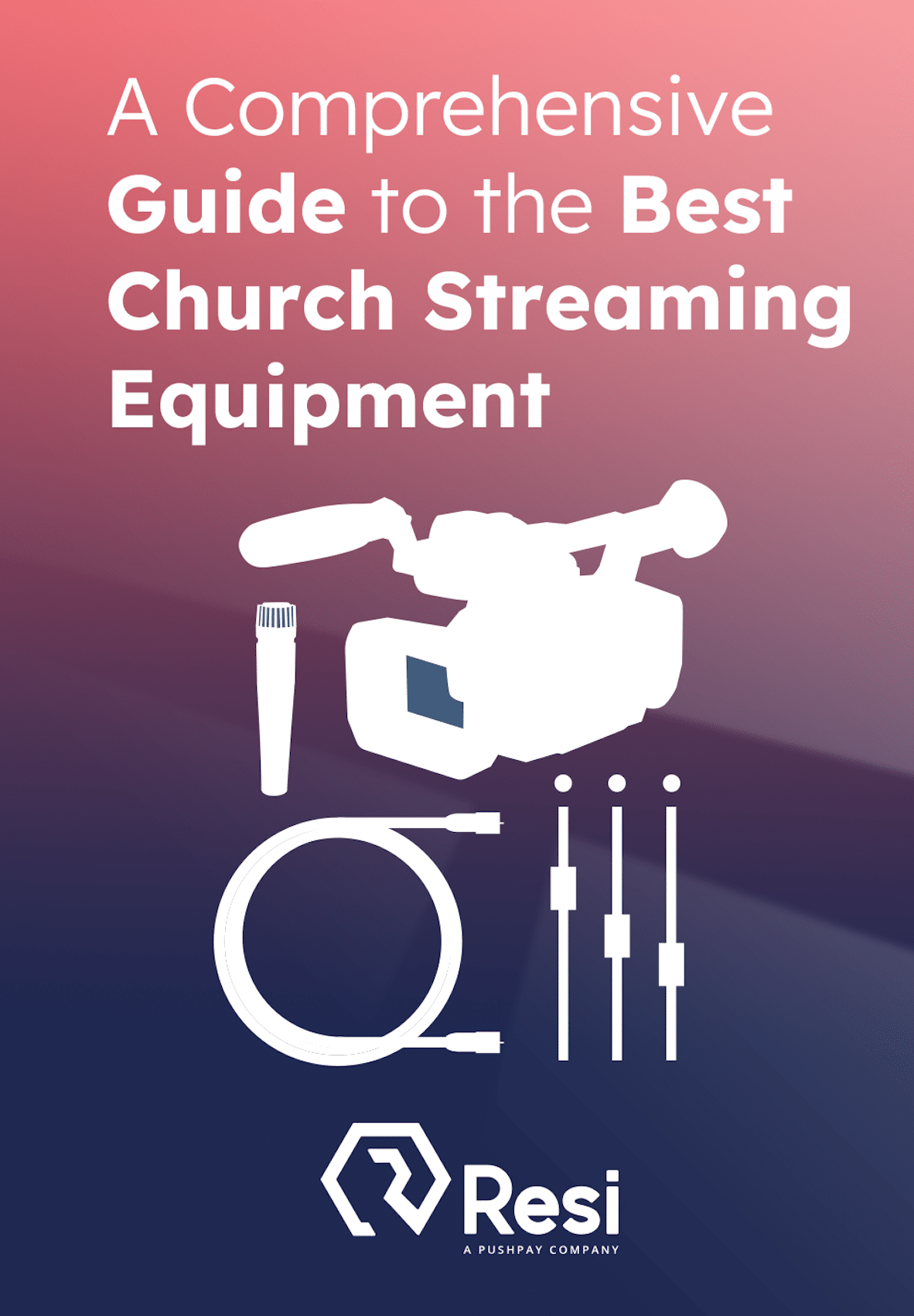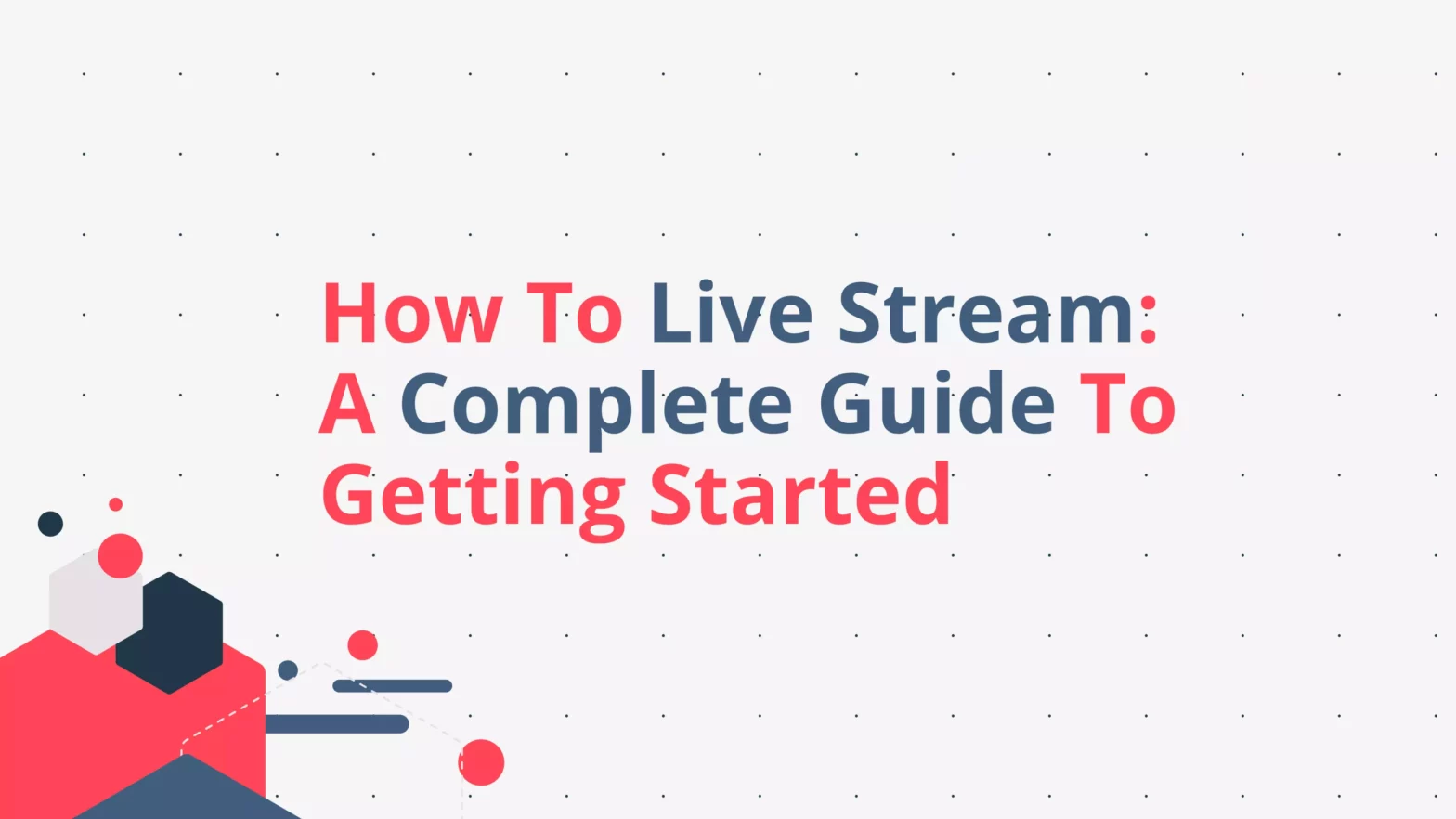
As we enter a new year, there are many exciting developments on the horizon for streaming. To make sure our audience is up-to-date with the best tips and technology available, we wanted to update our streaming handbook for 2025. Follow along as we cover our step-by-step guide to livestreaming, including planning your streaming-setup, choosing an encoder, and installing your new system. By the end of this post, you should be fully prepared to jump into streaming successfully for the new year!
Plan Your Video Equipment
Planning your streaming-setup starts with equipment—switchers, cameras, and cable infrastructure to record and switch between sources. In this section, we’ll outline all the technology needed to get a livestream performing like it’s professional.
Best Livestreaming Equipment
Discover what top-rated equipment we recommend adding to your church streaming toolkit.
Download for free!
Cameras
Most modern cameras work great for online streaming. That being said, camcorders are usually a better option than DSLR/mirrorless cameras, which may have a time restriction on how long they can record. Here are some key factors to look for when evaluating cameras:
- Resolution: Resolution refers to the number of pixels that are utilized when recording or displaying a full image. By using more pixels, more image data can be displayed, resulting in a clearer picture overall. Most cameras stream at a maximum resolution of 1080p, which will serve most organizations perfectly. That being said, if you’re looking for equipment that will future-proof your setup, you may want to consider a 4k camera instead. This level of resolution can involve a larger, initial investment. However, as 4k streaming options seem to be on the rise, purchasing equipment that holds up through new technology updates could be a smart move.
- Output: Camera output refers to the process of a camera transmitting video and audio signals to create a video feed, allowing it to broadcast a stream. Most cameras utilize clean HDMI outputs, meaning they use HDMI cables to connect themselves with computers, encoders, the internet, or video capture cards. That being said, HDMI cables are often limited to a maximum length of about 50 feet, making them not always the best choice depending on what your setup needs to accomplish. SDI outputs can be a more professional alternative, as the cables feature locking connectors and a maximum length of up to 300 feet.
- Our starter camera recommendations: Canon XA11 (Good), Canon XA55 (Best).
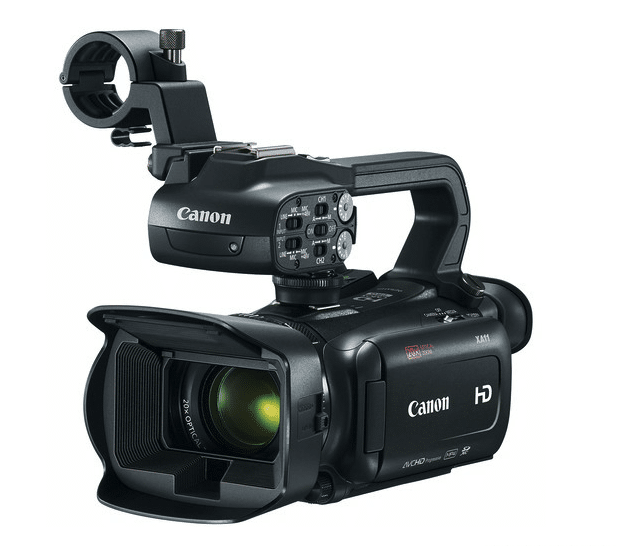
Switcher
A camera switcher is a device used to alternate between multiple video sources when streaming. This allows you to show numerous video feeds, adjust audio levels, switch scenes while streaming, and utilize different types of media, such as graphics and overlays. There are some parameters you’ll want to check when picking a switcher, such as its input and output type, its power source, its ease-of-use, and the video quality it produces. For example, if your camera uses an HDMI output, you’ll want to find a switcher that uses the same. If you find that your chosen switcher does not coincide with what you already have, you can always purchase an HDMI to SDI converter.
Our switcher recommendations: Blackmagic ATEM Mini Pro (Good), Blackmagic ATEM Production Studio 4K (Best)

Audio
For livestream audio, it’s encouraged to use an audio feed that is mixed specifically for broadcast. To obtain this feed, you can use an audio mixer—a device that collects multiple sources of audio and mixes their sound into one signal. The audio sources may come from microphones, music, or even background noise. With the help of a mixer, you can be sure that your audio is balanced and reduced down to exactly what viewers should hear. Audio can run to a camera, switcher, or directly into an encoder.
Choose an Encoder
An encoder is a device (hardware) or program (software) that converts raw video files into a format that platforms such as Facebook, YouTube, or even your website, can utilize. As livestreaming is immensely time-sensitive, encoders must process video data in real-time in order to avoid disruptions or packet-loss during broadcast. Resi has multiple encoder options for each price bracket. All of Resi’s encoders provide perfect streaming by checking and resending the data, even on inconsistent connections. This ensures your audience misses zero portions of the content you prepared and has the most accurate viewing experience possible.
Hardware Encoders
While hardware encoders do require a larger up-front investment than their software alternatives, they are usually the best option if you want a setup that can grow with your success. Software encoders are dependent on a computer’s processing power to function efficiently. So, if you’re dealing with a growing viewer base, your computer system will need to be regularly updated in order to keep up with the energy-demand. In contrast, hardware encoders function independently, allowing them to grow with your operation and provide quality that is simply unmatched by software.
- RAY Encoder: A low-cost, portable encoder designed for web streaming. Single HD-SDI input up to 1080p.
- Server-Grade Encoders: Enterprise-level encoders that scale in power to suit your streaming needs.
Software Encoders
Software encoders require the smallest up-front cost and rely on your computer’s hardware.
ProPresenter Stream is a reliable option with the power of Resi’s ProPresenter Stream plugin. Resi’s Livestream Platform, paired with the flexibility of Renewed Vision’s ProPresenter software (sold separately), creates a reliable crisp video and audio stream every time. With this powerful software, you can stream high-quality, ultra-resilient content with Resi.
For supplemental reading, check out our quick article on the pros and cons of hardware vs. software encoders.
Note: All Resi encoders are enabled by Resi Livestream Platform service plans, starting at $99/month.
Hardware Decoders
Resi also offers a line of professional-level decoders that work in conjunction with Resi encoders—ensuring simple, reliable playback at remote sites. Like the encoders, our decoders ensure full playback of video content with no buffering, glitches, or stuttering, even through network interruptions. Plus, just like all of Resi’s equipment and services, the decoders are extremely easy to use and will provide an unmatched streaming experience.
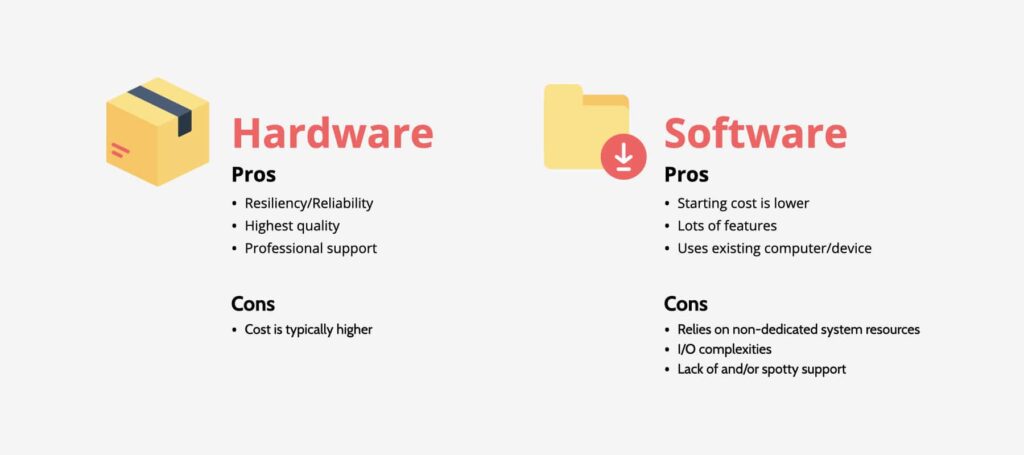
Install Your System
Many organizations think inconsistent or slow internet connections will prohibit their ability to stream reliably. While this is true under normal circumstances, the way the Resi transmits data and corrects for errors makes high-quality streaming attainable even on the worst connections. Streaming in 720p resolution is possible on as low as around 5Mbps, or 1080p on 10Mbps.
No internet connection at all? A portable, wired, 5G hotspot connection will still allow for high-quality streaming with Resi’s RSP technology. Plus, Resi provides simple checklists for initial gear installation, followed by an onboarding call with a dedicated Support Team representative to complete setup and provide training.
After the production setup, streaming is managed through the user-friendly Resi Studio page. Recurring events can be set up, along with Facebook and YouTube simulcasting from the cloud, in full 1080p with stereo audio. Scheduled events will start and stop automatically. Set and forget!
Choose Where You Want to Stream
For online livestreaming, most will prioritize engaging with their audience on their website. Users can display a Resi player directly on your website using an embed code—allowing for crisp and seamless engagement with viewership.
Social destinations, such as Facebook and YouTube, are great for livestream marketing. Not only can you bring in viewers that would never normally come to your website, but your audience will not be distracted with other content or videos that may be suggested on other platforms. Viewers will typically engage with livestream content around 2-5 minutes on Facebook, 15-20 minutes on YouTube, and up to about 40-55 minutes on an organization’s website. In order to have the best engagement with an online community, home websites are usually the best primary streaming destination.
Pick the Right Streaming Provider
Finding the streaming provider that’s right for your organization is a vital component to successful streaming throughout the year. There are thousands of different providers available, however Resi offers you the ability to create the most effective and engaging streaming experience possible.
Resi is a Reliable Streaming Provider
Resi helps streamers retain and grow their viewership by offering a comprehensive streaming system that includes the most innovative tools on the market and reliability that can’t be beat. Our patented Resilient Streaming Protocol technology is the leading method for ensuring perfect video delivery over unpredictable internet connections, guaranteeing you 100% content-integrity every time. Plus with Studio, our end-to-end video management platform, you have everything you need for a perfect stream right at your fingertips. Whether you’re looking for a video-on-demand service, in-depth analytics, automated scheduling, accessibility features, or anything else required for a satisfying and stable stream, Resi has the tools and features you’re looking for. Still not sure if Resi is right for you? To learn even more about the different characteristics and features to invest in when choosing any new streaming provider, be sure to check out our post Switching Streaming Providers: Simple or Stressful?.
How To Get Started
The best way to get started with livestreaming is to book a demo with Resi. You’ll be able to chat with a Solutions Engineer and see first-hand how Resi’s streaming platform is the best solution for your livestreaming needs. Book a demo today!


